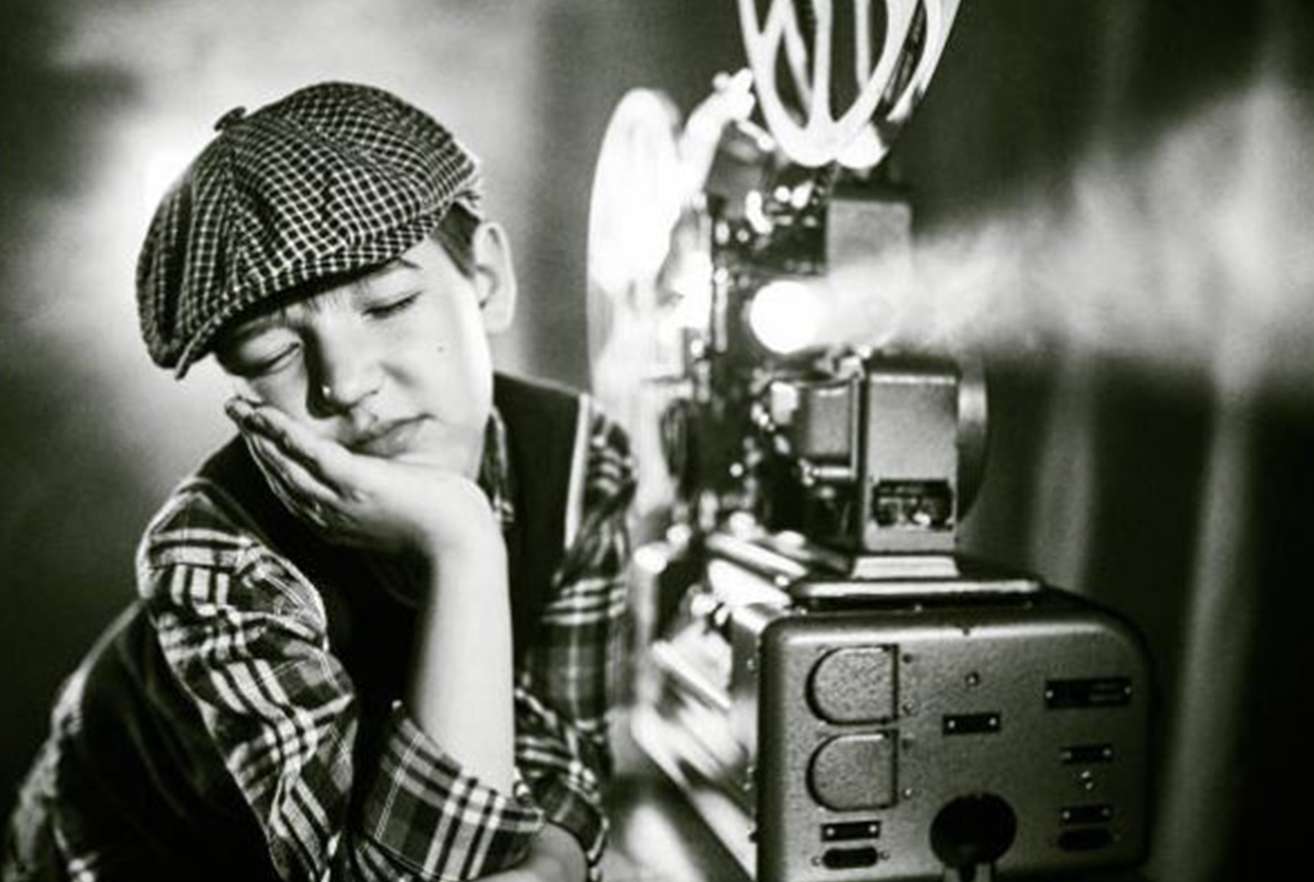When Was Photography Invented
Photography was invented by Frenchman Nicéphore Niépce in 1822.
Photography has grown to be an essential section of our lives, permitting us to freeze moments in time and retain them for future generations. The invention of images revolutionized how we identify and record the world. In this article, we will discover the captivating records of photography, from its humble beginnings to the digital age. Join us as we delve into the fascinating story of when pictures were once invented and their transformative effect on society.
The Precursors of Photography
Before the official invention of photography, several discoveries and experiments laid the groundwork for its development. In the early nineteenth century, inventors and scientists explored approaches to seize pictures through the use of light-sensitive materials. The camera obscura, a device that projected an image onto a surface, served as an important precursor to photography.
Learn more: The Ultimate Guide to Becoming a Highly Skilled UX Designer
The Birth of Photography: The Daguerreotype
The official birth of photography is often attributed to Louis-Jacques-Mandé Daguerre, a French inventor. In 1839, Daguerre introduced the daguerreotype, a photographic process that involved exposing a silver-coated copper plate to light and developing it with mercury vapor. This groundbreaking method allowed for the advent of detailed, one-of-a-kind images.
Evolution and Expansion: Photographic Processes
Following the introduction of the daguerreotype, numerous photographers and inventors further refined and expanded photographic processes. William Henry Fox Talbot, an English scientist, developed the calotype process, which involved creating negatives from which multiple positive prints could be made. This advancement enabled the production of multiple copies of an image.
Advancements in Camera Technology
As photography gained popularity, camera technology continued to evolve. The improvement of transportable cameras, such as the Kodak Brownie, made pictures greater reachable to the masses. Later advancements introduced autofocus, motor drives, and lightweight materials, further enhancing the ease and convenience of capturing images.
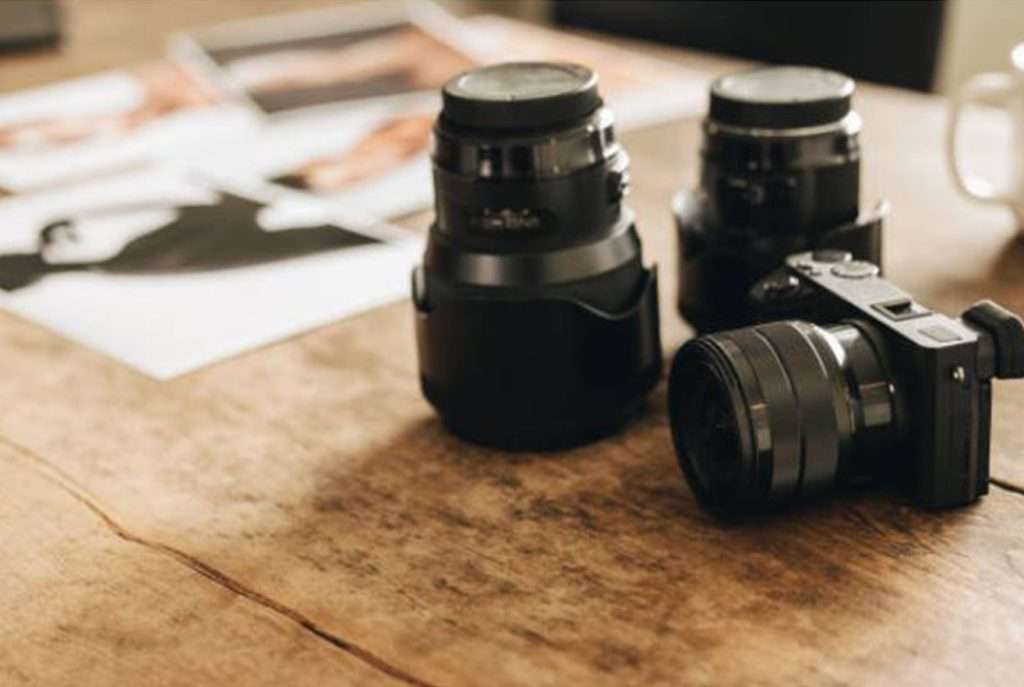
Photography Goes Digital
In the late twentieth century, photos underwent a dramatic transformation with the introduction of digital technology. The invention of the digital camera revolutionized the industry, allowing for instant image preview, storage on memory cards, and easy photo manipulation. Digital photography eliminated the need for film and darkrooms, making it more convenient and cost-effective.
The Impact of Photography on Society
Photography has profoundly impacted society, shaping our understanding of the world and retaining extensive moments in history. Photographs have the power to evoke emotions, convey messages, and document social and cultural changes. From iconic images capturing historical events to personal snapshots of everyday life, photography has become an essential medium of communication.
The Future of Photography
As technology continues to advance, the future of photography holds endless possibilities. Emerging applied sciences such as digital reality, augmented reality, and computational images are reworking the way we seize and ride images. These innovations open new avenues for creativity and allow photographers to push the boundaries of their art.
Virtual truth images allow consumers to immerse themselves in digital environments and discover them as such. As if they were physically present. This technology has the potential to revolutionize fields such as travel photography. Where individuals can virtually visit exotic destinations and capture breathtaking views beautifully.
Augmented fact (AR) blends digital factors with the actual world, improving our understanding and interplay with our surroundings. With AR photography, photographers can overlay digital information or objects onto the physical environment, creating unique and interactive visual experiences.
Computational photography leverages the power of algorithms and software to enhance image quality, manipulate lighting and depth of field, and even remove unwanted objects from photographs. This technology empowers photographers to achieve stunning results and push the boundaries of traditional photography techniques.
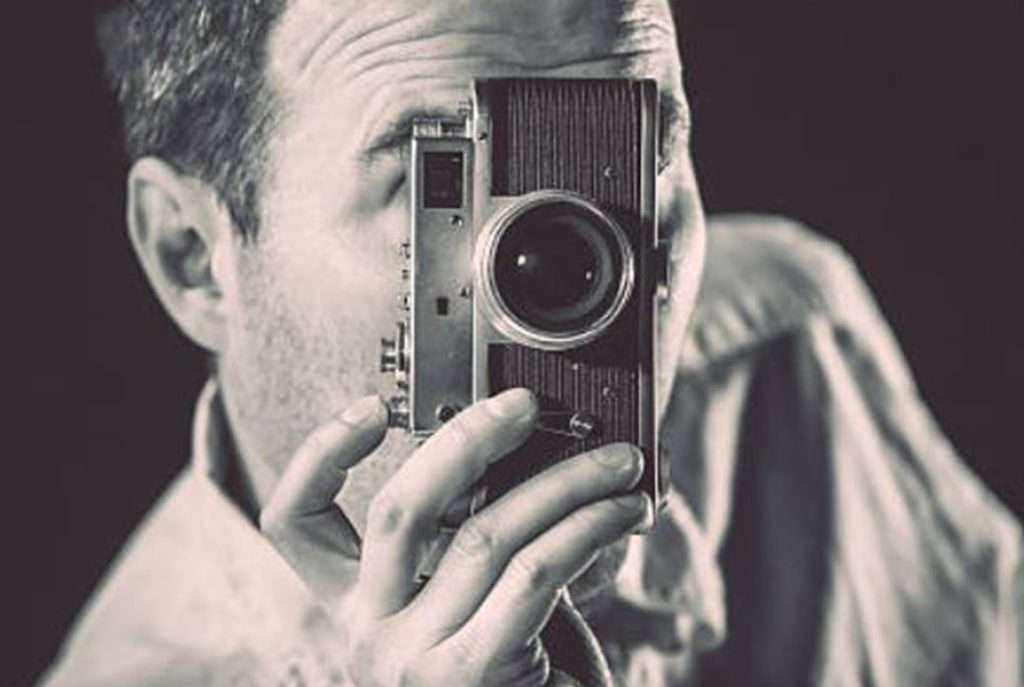
Preserving Memories: Photography and Personal Expression
Photography has always been a powerful tool for preserving memories and capturing personal experiences. From family portraits to candid snapshots, photographs allow us to freeze cherished moments in time. With the upward thrust of social media and online picture-sharing platforms, humans now have a great array of channels to categorize themselves and share their visible testimonies with the world.
Photography and Art: The Intersection of Creativity
Photography is now not solely a skill of taking pictures of reality; it is additionally a medium for creative expression. Photographers use their creativity and technical skills to compose visually stunning images, exploring various genres such as landscape, portrait, still life, and conceptual photography. The camera becomes their brush, and the world becomes their canvas, enabling them to convey emotions, narratives, and abstract concepts through visual compositions.
Photography and Journalism: Capturing the World’s Stories
Photojournalism performs an integral position in documenting and conveying the world’s stories. Photojournalists use their cameras to capture significant events, conflicts, social issues, and human experiences. Their images have the power to inform, raise awareness, and spark meaningful discussions. Through photojournalism, we obtain insights into exceptional cultures, witness historic moments, and recognize the realities confronted by communities round the globe.
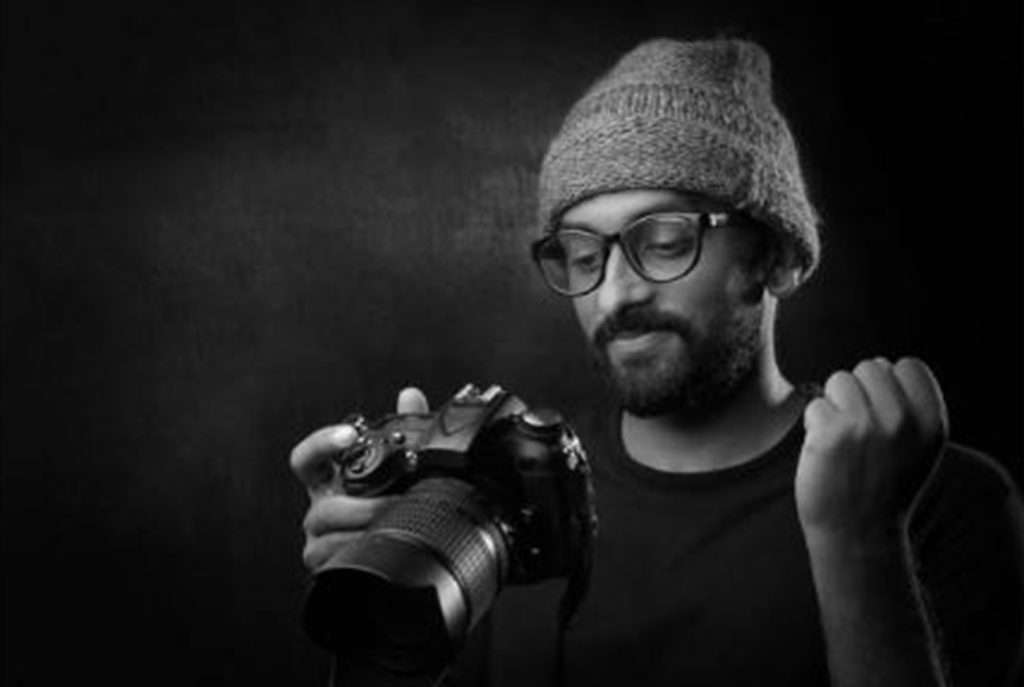
Photography in Advertising: Visual Persuasion
In the realm of advertising, photography serves as a powerful tool for visual persuasion. Advertisers utilize carefully crafted images to grab attention, evoke emotions, and communicate messages effectively. Whether it’s a product shot showcasing the features of a new gadget or a lifestyle photograph capturing the essence of a brand, photography plays a crucial role in shaping consumer perceptions and driving purchasing decisions.
Photography and Science: Advancements and Discoveries
Photography has made significant contributions to the field of science. From capturing celestial bodies in astronomy to documenting microscopic organisms in biology, scientific photographers provide invaluable visual data for research and discoveries. High-speed pictures let us study and analyze fast-paced phenomena that are not possible to become aware of with the bare eye, main to breakthroughs in more than a few scientific disciplines.
Photography as a Hobby: Exploring the World Through the Lens
Photography is not limited to professionals; it is also a beloved hobby for many enthusiasts. As a hobby, images encourage people to discover their surroundings, search for splendor in the ordinary, and strengthen a unique viewpoint on the world. It presents a creative outlet, a capacity for self-expression, and a way to join with like-minded persons via picture communities and online platforms.
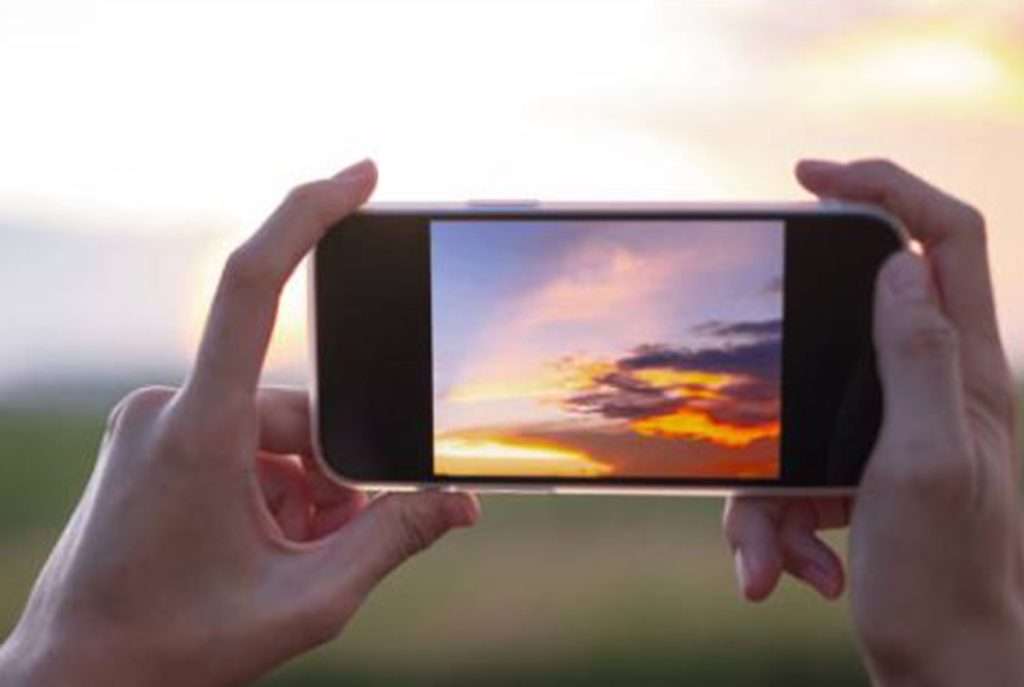
Photography Education and Careers
The developing recognition of pictures has paved the way for instructional establishments and online systems to provide publications and sources for aspiring photographers. From technical skills to artistic vision, these educational opportunities equip individuals with the knowledge and tools to excel in the field of photography. Whether pursuing a profession as an expert photographer, photojournalist, or industrial photographer, training and non-stop studying play a critical position in honing one’s craft.
Photography careers span a wide range of industries and specialties. Professionals can work in fields such as fashion, sports, wildlife, weddings, architectural photography, and more. With the creation of social media and e-commerce, possibilities in influencer photography, product photography, and digital advertising have additionally expanded.
Conclusion
Photography has come a long way from the reason for its inception. From the humble beginnings of the daguerreotype to the digital revolution and beyond, it continues to evolve and structure the way we seize and trip the world around us. Whether it is maintaining cherished memories, expressing creativity, documenting stories, or pushing the boundaries of technology, images remain a vital medium that lets us freeze moments in time and share our views with others.
As we seem to be in the future, the chances for images are endless. With rising technologies, the artwork structure will proceed to evolve, supplying new avenues for expression and innovation. So, choose your camera, discover your surroundings, and seize the world via your special lens.
FAQs
1. Who invented photography?
Louis-Jacques-Mandé Daguerre is often credited with the invention of photography. In 1839, he introduced the daguerreotype, a groundbreaking photographic process.
2. When was photography invented?
The official birth of photography is considered to be in 1839 when Louis-Jacques-Mandé Daguerre announced the daguerreotype process to the world.
3. How has digital photography changed the industry?
Digital photography has revolutionized the industry by eliminating the need for film and darkrooms. It has made photography more accessible, convenient, and cost-effective, with instant image preview and easy photo manipulation.
4. What is the future of photography?
The future of images is promising, with rising applied sciences such as virtual reality, augmented reality, and computational images opening up new probabilities for creativity and photo capture.
5. Can photography be a career?
Absolutely! Photography offers various career paths, including professional photography, photojournalism, commercial photography, and specialization in different genres or industries. With the proper skills, education, and dedication, images can be a money-making professional choice.
